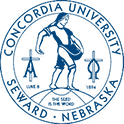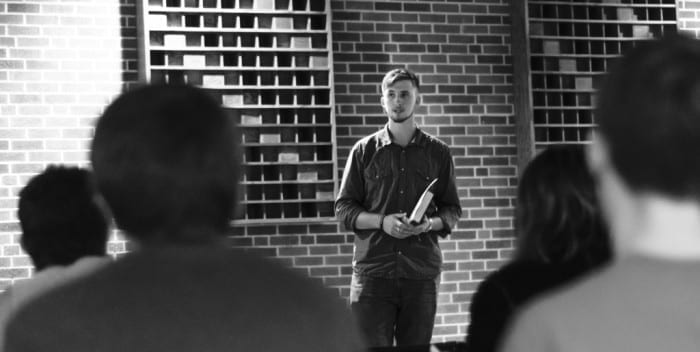CUNE Slowly Losing LCMS Majority
Editors Note: To clarify the enrollment numbers, data from recent incoming classes show the number of LCMS students at admission dips below 50 percent, even though data for all Concordia undergraduates currently enrolled indicates 54.7 percent of students identify as LCMS and 62.5 percent identify as Lutheran.
by Christopher Wilson
Concordia has historically been a Lutheran Church—Missouri Synod (LCMS) institution since its establishment in 1894. As an LCMS institution, the majority of Concordia’s student body has always identified as LCMS.
However, with the new wave of freshmen and transfer students, the LCMS population at Concordia is no longer a majority, but a plurality— it remains the largest group but it is not a majority. Concordia was founded to train teachers for LCMS parochial schools.
Today, Concordia still operates under the auspices of the LCMS but recruits students from many Christian denominations. While the teacher education program is still the largest program on campus, it makes up less than half of the student body, according to Concordia’s website.
The source indicating the changing demographics is the admissions’ office data regarding the religious affiliations indicated by applicants. When applying to Concordia, applicants are asked to select their religious affiliation from a drop down with fifteen choices. There are four Lutheran options in the drop down: ELCA, LCMS, WELS, and Other.
The data from the past four years of incoming students showed that LCMS students make up 49.5 percent of the student body. Lutherans make up just over 50 percent of the student body which means that Lutherans still hold the majority of the campus’ religious population.
The percentages come from the past four years applicants, but does not include applicants from five or more years ago who may still attend Concordia. Most students who are at Concordia for more than four years are more likely to be in church work and most likely LCMS.
This difference is evident in the registrar’s data which includes all Concordia undergraduates. The registrar’s data indicates that 54.7 percent of the total undergraduate population identifies as LCMS and 62.5 percent identify as Lutheran.
However, there is an increase in the percentage of LCMS students in this year’s incoming class compared to last year’s incoming class.
According to Director of Undergraduate Admissions Aaron Roberts, there are not any changes in Concordia’s recruiting process, but there are reasons for the decreasing number in LCMS applicants. The main reason is that many Lutheran high schools are growing and thriving on international populations, according to Roberts.
The other possible reason for the changing demographics is that there has been a dip in students who are interested in church work.
Roberts said that admissions still sends recruiters for visits to Lutheran high schools, Lutheran fairs, Nebraska high schools and Christian college fairs.
“We’re doing as much or more to recruit Lutheran students but it’s a balancing act. There are a lot of Nebraskan students looking for a good Lutheran education, and we would like to service them,” Roberts said. “We feel like every student we bring in here is a good fit for this university. And we’re hoping that each student would complement each other and help each other in their spiritual growth.”
Although the numbers say that Concordia is no longer an LCMS majority, many students believe that the atmosphere at Concordia will remain the same.
“We still have good leadership and this is a Lutheran university and Lutheran doctrine would be taught. I hope that the leadership will not change what they are teaching for the students, but the students will know what they are stepping into,” said Christian Schultz, a pre-seminary student from Wamego, Kansas.
Campus chaplain Ryan Matthias agrees that the change in numbers does not necessarily mean a change in atmosphere.
“As long as we see each other as brothers and sisters in Christ, then I wouldn’t think we would see much difference,” Matthias said.














